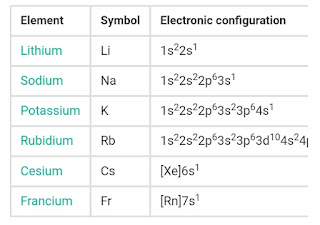ELECTROMAGNETIC WAVES
1. INTRODUCTION In this topic you will learn that how an electric current produces magnetic field and that two current- carrying wires exert a magnetic force on each other. James Clerk Maxwell (1831-1879), argued that this was indeed the case – not only an electric current but also a time- varying electric field generates magnetic field. While applying the Ampere’s circuital law to find magnetic field at a point outside a capacitor connected to a time-varying current, Maxwell noticed an inconsistency in the Ampere’s circuital law. He suggested the existence of an additional current, called by him, the displacement current to remove this inconsistency. Maxwell formulated a set of equations involving electric and magnetic fields, and their sources, the charge and current densities. These equations are known as Maxwell’s equations. Together with the Lorentz force formula, they mathematically express all the basic laws of electromagnetism. The most important prediction t



